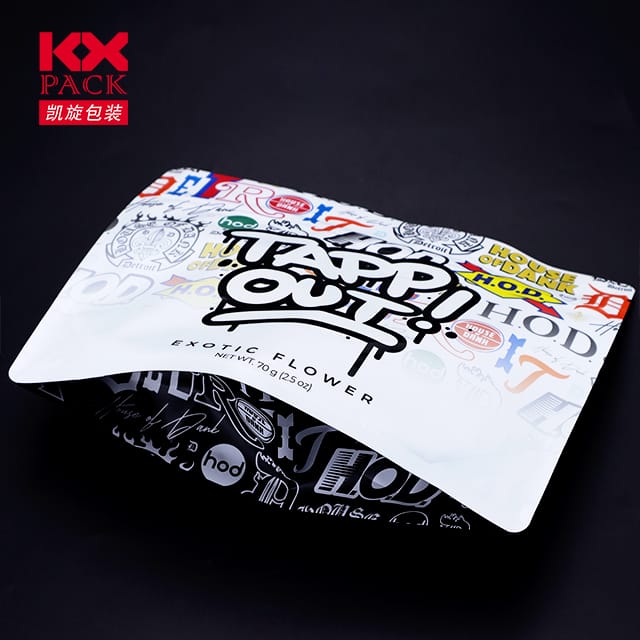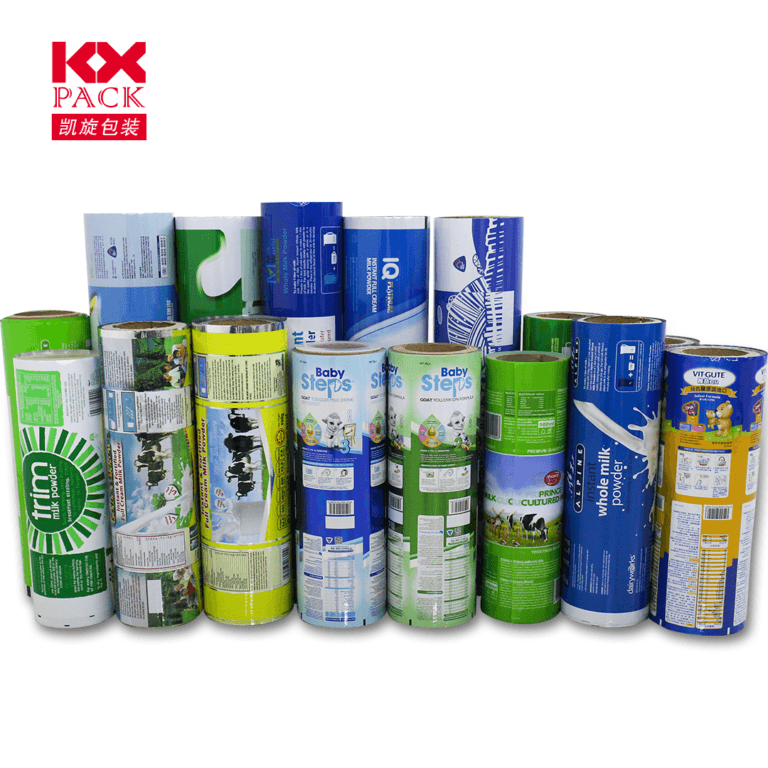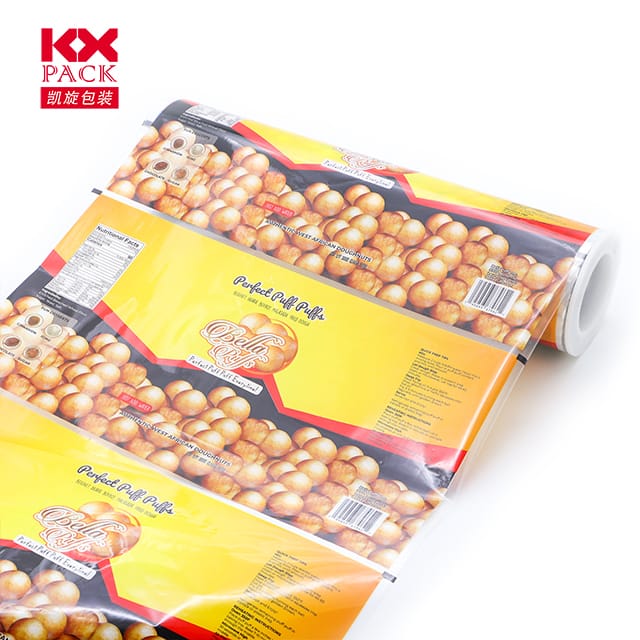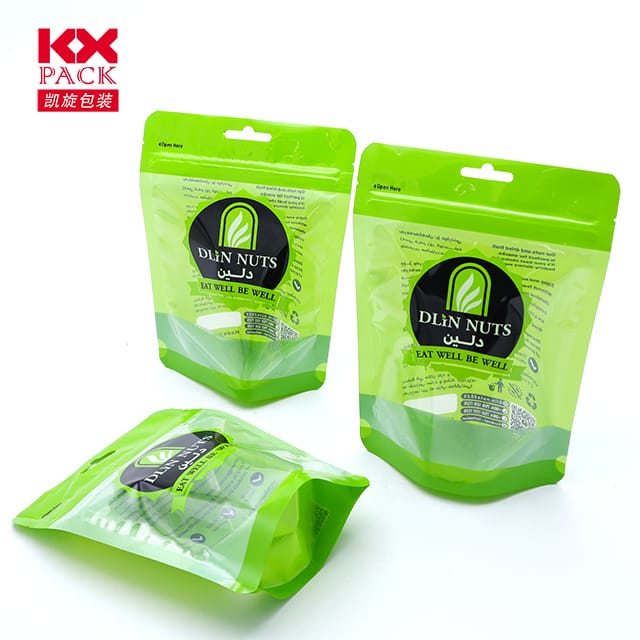필름 플라스틱의 진화와 혁신을 탐구합니다: 포괄적 인 개요 (2)
필름 플라스틱
용어 “필름 플라스틱” 다목적 범주의 얇은 범주를 나타냅니다, 폴리머로부터 유래 된 유연한 물질, 산업 전반에 걸쳐 중추적 인 역할을합니다. 포장 솔루션에서 고급 기술 응용 프로그램에 이르기까지, 필름 플라스틱은 현대 제조 및 소비자 습관을 변화 시켰습니다. 이 블로그는 그들의 중요성을 탐구합니다, 최근 혁신, 그리고 미래의 트렌드.
1. 기초: Types and Applications
Film plastics encompass a range of materials, 폴리에틸렌 포함 (체육), 폴리 프로필렌 (PP), 폴리에스테르 (애완 동물), and biodegradable polymers like PLA. 그들의 가벼운, 튼튼한, and cost-effective properties make them indispensable in:
- 포장: Food-grade films extend shelf life, while industrial films protect goods during transit.
- 농업: Mulching films improve crop yields by retaining soil moisture.
- Electronics: Conductive and insulating films enable high-performance circuit boards.
- Medical Devices: Sterile packaging and implantable materials rely on biocompatible films.
2. Market Dynamics and Growth
The global film plastic market is experiencing steady expansion, driven by:
- Rising Demand: The packaging sector, particularly in emerging economies, fuels consumption.
- 기술 발전: Innovations like nanotechnology and multi-layer coextrusion enhance film functionality.
- Sustainability Initiatives: Regulatory pressures and consumer demand push for biodegradable and recyclable films.
According to industry reports, the market size was valued at approximatelyUSD 787 billion in 2022 and is projected to reachUSD 963.7 10 억으로 2029, with a CAGR of 2.9%. Key players include China, the U.S., and Europe, where industries are rapidly adopting eco-friendly alternatives.
3. 미래를 형성하는 혁신
3.1 Functional Films for Specialized Needs
- Antifog and Antistatic Films: These prevent condensation and static buildup, critical for electronics and food packaging.
- High-Barrier Films: Used in food and pharmaceutical packaging, they extend product shelf life by blocking oxygen and moisture.
- 스마트 영화: Incorporating RFID tags, temperature sensors, or QR codes, these films enhance traceability and consumer engagement.
3.2 지속 가능성: The Green Imperative
- 생분해 성 필름: PLA (폴리 락트산) and other bio-based polymers reduce environmental impact. 예를 들어, LVMH Group uses PLA-based films for luxury packaging.
- 재활용 콘텐츠: Brands like Coca-Cola and Mars are adopting 100% rPET (recycled PET) in their packaging, signaling a shift toward circular economy practices.
- 가벼운: Reducing material thickness without compromising strength—such as PepsiCo’s 10% lighter 330ml PET bottles—cuts costs and carbon footprints.
3.3 High-Performance Films for Emerging Industries
- Automotive Lightweighting: Films like PA6/12 and PPE+PA composites reduce vehicle weight, boosting fuel efficiency. BMW’s i3 and Toyota’s ISO Dynamics resin seats exemplify this trend.
- Electronics: High-temperature-resistant films (예를 들어, PEEK, PPS) enable safer, faster-charging EV batteries.
- Medical Innovations: Biocompatible films for drug packaging and implants, such as Astellas’ bio-based blister packs, improve patient safety.
4. Challenges and Opportunities
Despite progress, the industry faces hurdles:
- Waste Management: Single-use plastics remain a concern, necessitating better recycling infrastructure.
- 규제 준수: Stringent environmental laws (예를 들어, EU’s single-use plastic ban) require agile adaptation.
- Cost vs. 지속 가능성: Biodegradable films often cost more, limiting adoption in price-sensitive markets.
하지만, these challenges drive innovation. Collaborations between academia and industry, such as Amat Medical’s PLCL polymer stents, show promise in closing the gap between performance and sustainability.
5. 앞으로 도로
The future of film plastics hinges on:
- Advanced Recycling Technologies: Chemical recycling of mixed plastics could unlock high-value applications.
- 스마트 패키징: Integration of IoT sensors for real-time product monitoring.
- Global Collaboration: Cross-industry partnerships to standardize sustainable practices.
결론
Film plastics are more than mere packaging materials—they are enablers of innovation, 능률, 지속 가능성. As industries evolve, so too must these films, balancing performance with environmental responsibility. The journey ahead demands creativity, 협동, and a commitment to a greener future.
What are your thoughts on the future of film plastics? Share your insights in the comments below!







